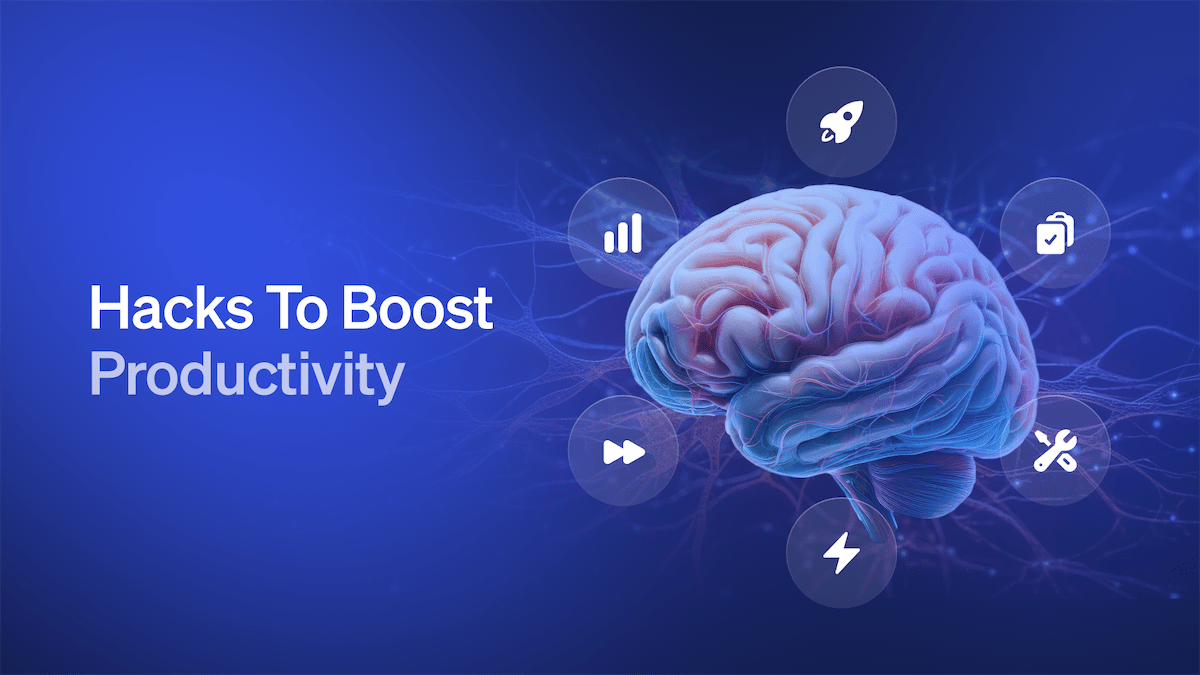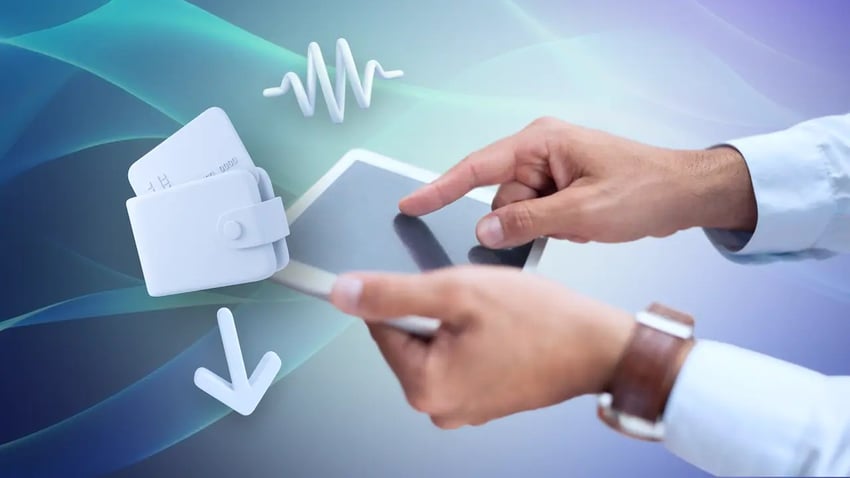You have 17 browser tabs open. Your phone won’t stop buzzing and your inbox refills the moment you clear it. You’ve tried task managers, automation tools, and “focus” apps—yet you still end the day feeling scattered, behind, and exhausted.
That’s the productivity paradox: The very tools meant to save time can actually create more work. Real productivity isn’t about doing more—it’s about honing your attention by working smarter, not harder.
These 10 productivity hacks will help you cut distractions, reduce context switching, and build a workflow that fits real workdays—whether you’re remote, in-office, or hybrid.
Why Improving Your Productivity Matters
Strategic productivity improvement contributes to your success in your role and business performance. These productivity tips aren’t just theoretical concepts — they’re practical strategies that save time and improve your well-being.
Benefits for individuals
- Reduced stress and mental fatigue through greater control over your day
- Better work-life balance with structured time blocking and fewer long workdays
- A greater sense of achievement with making steady progress on important tasks
- A clearer path to career advancement with more visibility and influence
- Improved decision-making capabilities when you’re not overwhelmed by small tasks
Benefits for businesses
- Increased efficiency across teams. Businesses can reduce project completion times by implementing a unified communications strategy that reduces wasted time
- Higher quality output with fewer errors on important tasks
- Stronger collaboration and team morale, supported by clear goals and reduced burnout
- Better resource allocation when teams focus on what matters
The 3 Silent Killers of Productivity
Before you can develop productive habits, you need to break unproductive ones. These three culprits silently sabotage your focus and energy, making it difficult for you to get things done effectively.
Digital distractions
Notifications from emails, Slack messages, and social media are concentration killers. Constant notifications or other interruptions fragment your workflow and force you to constantly mentally reset.
Research from UC Irvine shows that after office interruptions, it takes an average of:
- 25 minutes before returning to work on the same task
- 15 minutes, after resuming a difficult task, to get back into the same level of intense concentration
Multitasking
While multitasking may feel productive, it’s just a quick context switch. Every time you jump from a report to an email or chat message, you force your brain to reload the context. This drains mental energy, increases the risk of errors, and reduces the quality of your work. Singletasking may seem slower, but it leads to faster and more precise results on important tasks.
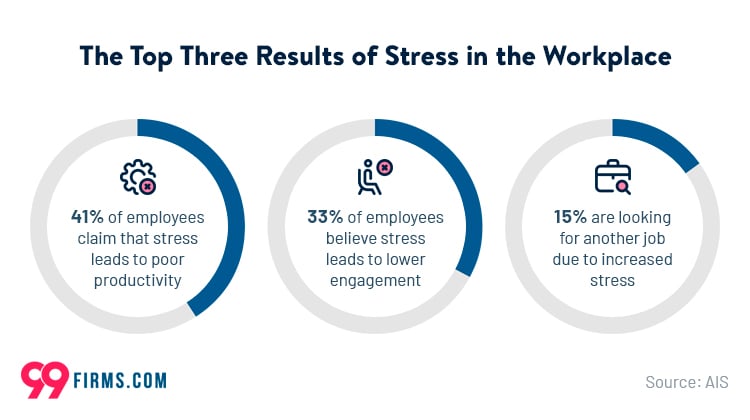
Unclear priorities
When everything seems important, you don’t know where to start. Unclear priorities lead to simple, low-impact tasks being prioritized, while the real work falls by the wayside. The result is a day full of work but ineffective, leading to decision fatigue and frustration.
10 Productivity Tips to Transform Your Workday
Effective work doesn’t happen by chance. Use these 10 productivity hacks to build a system that works for you, whether you’re completing small tasks or tackling large projects.
1. Conduct a weekly “priority audit”
It’s easy to fall into the urgency trap. The loudest tasks get all the attention. The Eisenhower Matrix is a simple tool to counteract this. It helps you categorize tasks into four quadrants. Your goal is to spend the most time on important but non-urgent tasks — the strategic growth quadrant.
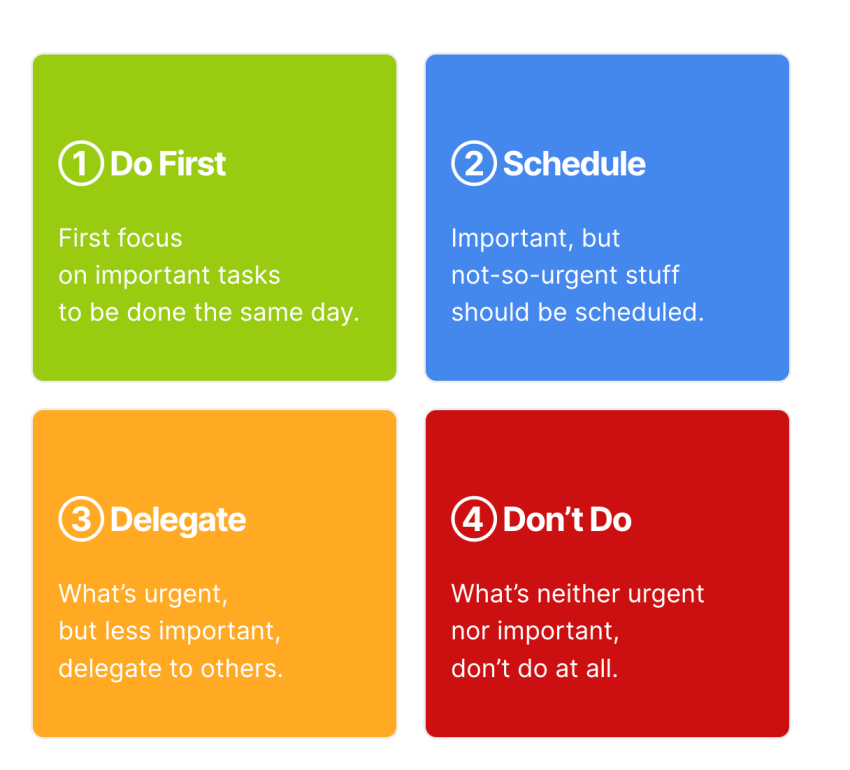
Try this: Schedule a 20-minute meeting with yourself every Friday afternoon called your “Weekly Priorities Review.” Use this time to review your pending tasks and identify your top three priorities for the next day. This simple method can save you time throughout the week and improve your decision-making.
2. Plan around your energy, not just your clock
Traditional time management ignores your natural energy cycles (your chronotype). Forcing creative work during an energy slump is a recipe for failure. Instead, identify your peak energy window and reserve it for your most demanding “deep work.”
Try this: Track your concentration and energy levels hourly for a week on a scale of 1 to 10. You’ll quickly notice a pattern. If you’re most focused between 9 and 11 a.m., use time blocks to reserve that time for important tasks and save administrative tasks like emails for your afternoon quiet time. Many entrepreneurs find they perform at their peak in the early morning hours.
3. Tackle your most dreaded task first
The “Eat the Frog” method, coined by author Brian Tracy, is so effective because your willpower is highest in the morning. By completing your most difficult task first, you create momentum that makes the rest of the day seem easier and helps avoid procrastination on important tasks.
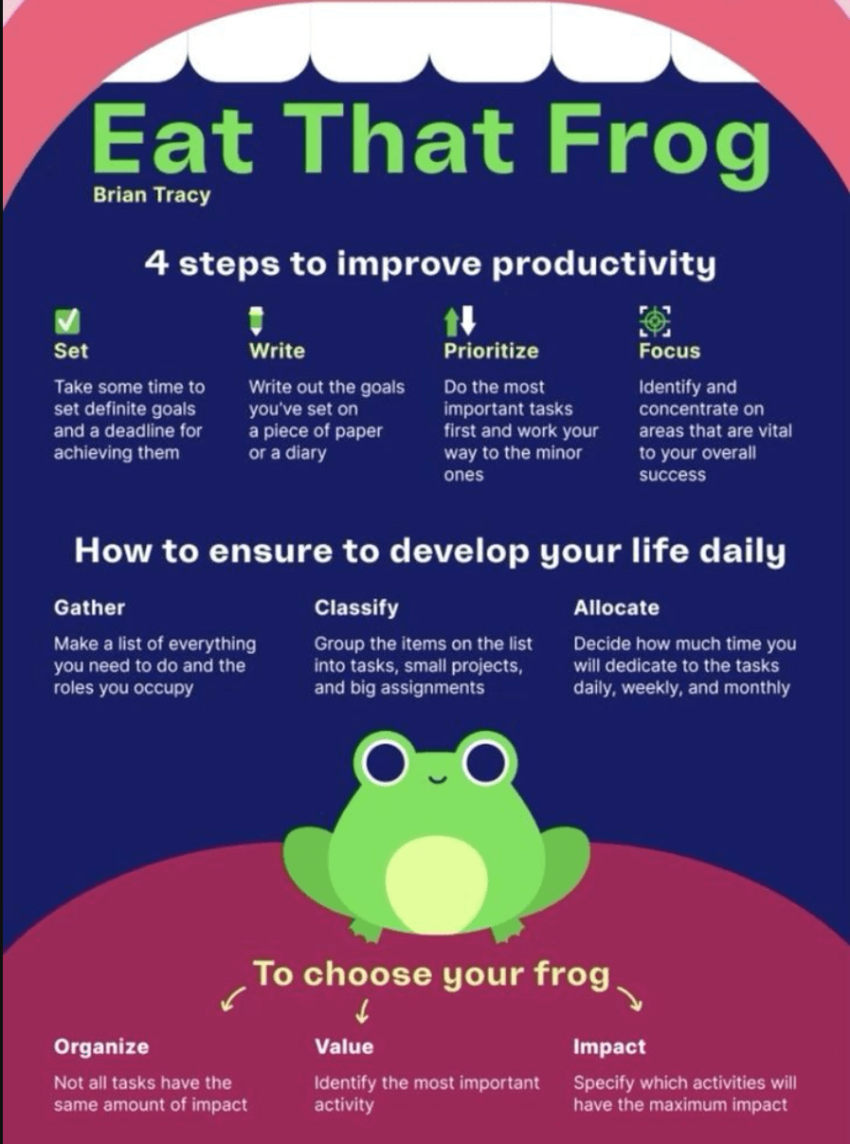
Try this: Before you log off each day, set your “frog” for the next day. Write it on a piece of paper and stick it on your monitor. Don’t open emails or Slack when you start work — just start with this one task. This morning routine can change your entire day.
4. Master your calendar with timeboxing
To prevent tasks from overtaking your available time (Parkinson’s Law), assign them a limited “slot” in your calendar. This turns a vague to-do list item into a concrete commitment, allowing you to complete your tasks more efficiently.
Try this: Instead of using “write report” as a to-do list item, use time blocking to schedule a fixed 90-minute slot: “10:00–11:30: Prepare Q3 sales report.” This way, your brain knows exactly what needs to be done and when, allowing you to focus your work time more effectively.
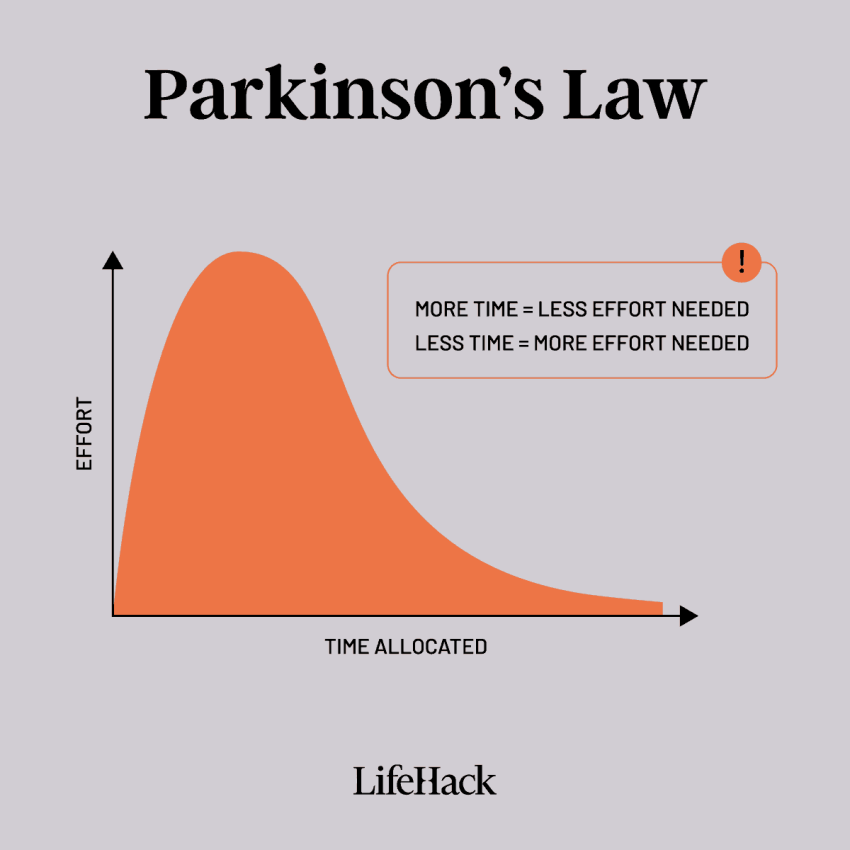
5. Declutter your digital workspace
Digital clutter is just as distracting as a messy desk. A chaotic desktop and a flood of notifications scatter your attention and make it difficult to save time for important work.
Try this: Conduct a notification audit. Go to your phone and computer settings and disable all nonessential notifications. Use a browser extension like OneTab to consolidate your tabs into a single list. Organize your desktop using templates or folders. Your brain will thank you, and you’ll find it easier to focus on what matters most.
6. Use AI to stay more productive
Artificial intelligence is a great tool to help you be more efficient and productive. Use it to handle the work that slows you down—summaries, outlines, first drafts, decision frameworks, and turning messy notes into something usable—so your time goes to judgment, strategy, and relationship-building.
Remember, the rule of thumb when using AI: Give context + constraints + desired format, then treat the output as a strong first pass you refine.
Try this: Ask ChatGPT to do specific tasks for you, such as:
- Summarize and extract action items: Turn meetings, long threads, and docs into “what matters.”
Prompt: “Summarize this and list decisions, action items (owner + deadline), and open questions.” - Plan your day/week: Convert a messy to-do list into priorities and a realistic schedule.
Prompt: “Here are my tasks + time limits. Prioritize by impact/urgency and propose a time-blocked plan.” - Automate small ops: Create templates, checklists, SOPs, and reusable workflows you can copy/paste.
Prompt: “Create a checklist/SOP for [process] with steps, tools, and common mistakes.”

7. Communicate asynchronously to protect your focus
Constant meetings and the pressure to respond immediately are two of the biggest productivity killers. An “async-first” approach respects everyone’s time and focus. Before scheduling a meeting, ask, “Could this be a detailed email or a short video?” This leaves time for valuable tasks.
Try this: To explain a complex idea, use a tool like Loom to record a short video of your screen and voice. This is often faster than writing a long email and more efficient than searching for a 30-minute slot on everyone’s calendar. Asynchronous communication works well with modern project management tools and can help reduce Slack notifications that interrupt focused work.
8. Build better routines with “habit stacking”
Habit stacking, popularized by James Clear, simplifies the process of building new habits by linking them to existing ones. The formula is simple: “After I [CURRENT HABIT], I will [NEW HABIT].” This approach helps you get things done consistently without relying on motivation alone.
Try this: Link a new habit to a regular part of your morning routine. For example, “After I pour myself my morning coffee, I will spend five minutes reviewing my priorities for the day.” Or try: “After I get up early, I will spend ten minutes planning my most important tasks.” These little things can significantly increase your productivity.
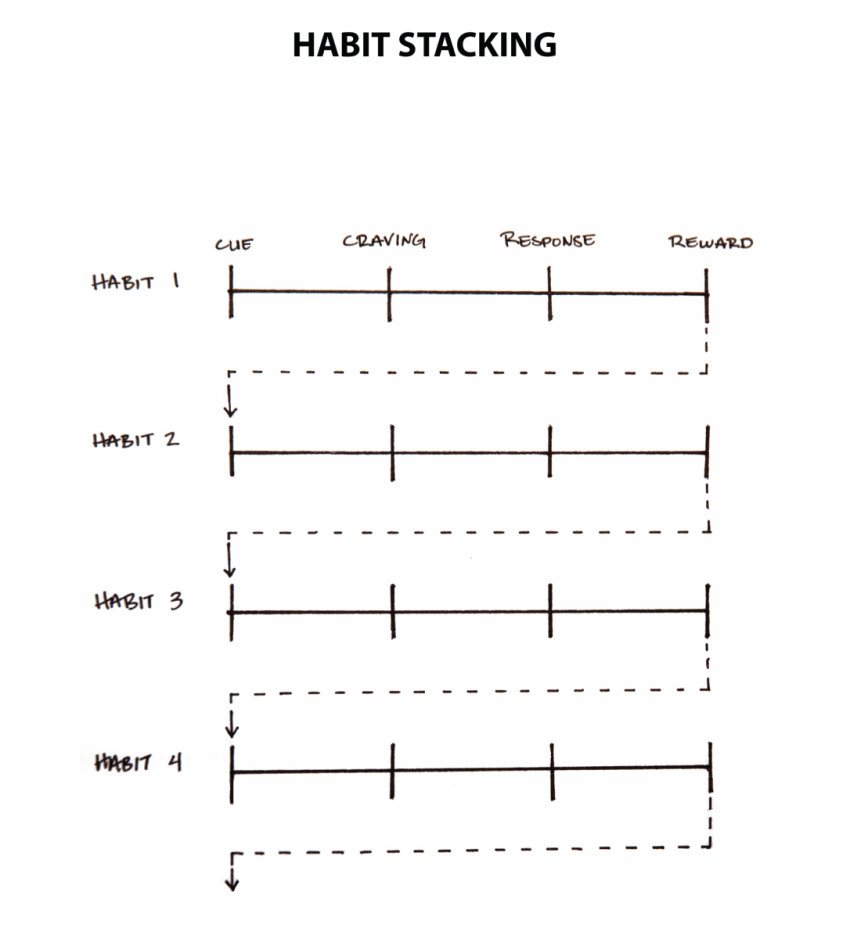
9. Automate and delegate with intention
Many less relevant tasks can be automated or delegated using AI customer service tools.
If a team member can complete a task 80% of the time and you, as the manager, can hand it off, then delegate it. This will strengthen your team and, more importantly, free you up to focus on high-value tasks that require your expertise.
For example, use a tool like Zapier to connect your apps and save time on repetitive tasks. Set up a “Zap” so that every Google Form submission automatically creates a new row in a Google Sheet and sends a notification to your team’s Slack channel. Also, create templates for common tasks like emails, reports, or project management workflows.
10. Practice strategic rest with the Pomodoro Technique
Your brain can’t stay focused for hours; it needs structured breaks. The Pomodoro Technique offers a simple rhythm: 25 minutes of focused work, followed by a 5-minute break. This helps avoid procrastination while promoting your well-being.
Try this: Make your short breaks truly a break. Don’t check your emails or your phone. Stand up, stretch, look out the window, or get a glass of water. Give your mind a rest. You’ll make your next sprint just as effective and stay energized throughout the day.
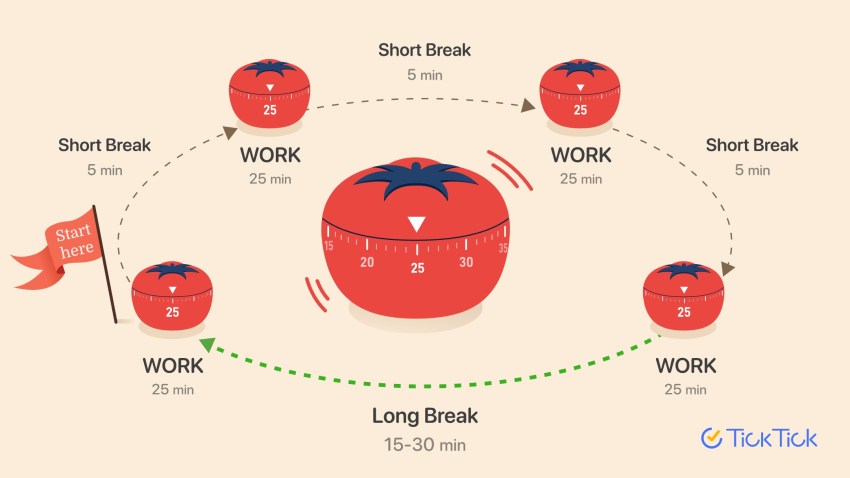
How to Avoid Productivity Burnout
The relentless pursuit of productivity can, ironically, be the fastest path to burnout. The goal isn’t to become a perfect, nonstop efficiency engine; it’s about creating a sustainable system in which you can perform at your best without sacrificing your mental and physical well-being. Think of it as strategic sustainability. This way, you protect your most valuable resource: energy.
1. Define and defend your “off” switch
In a world of constant connectivity, the boundaries between work and personal life are blurring. Burnout is caused by confusion. To protect your well-being and maintain your productivity in the long run, you need to draw a clear line at the end of the day.
Here’s how: Set a fixed time for the end of your workday and stick to it. Then close your laptop. Change your status in communication apps like NextivaONE to “Away” or “Do Not Disturb.” If something work-related occurs to you in the evening, jot it down for the next day and put it behind you. By setting boundaries, you train others how to deal with you.
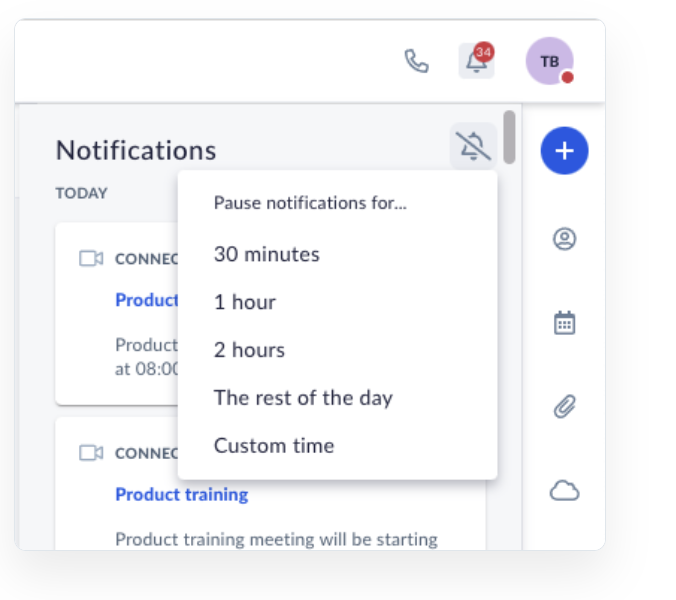
2. Focus on progress, not perfection
Perfectionism is a major cause of burnout and procrastination. Trying to get a perfect result on every single task consumes time and mental energy, while success diminishes. In fact, “done” is often more valuable than “perfect,” especially for small tasks that don’t require extensive decision-making.
Here’s how: For most tasks, embrace the “good enough” principle. Ask yourself, “Will spending another hour on it fundamentally change the outcome or value?” Most of the time, the answer is no. Embrace progress and steady progress instead of striving for an unattainable standard of perfection.
3. Acknowledge and celebrate your wins
When you’re constantly focused on the next task, you lose the sense of accomplishment that fuels your motivation. Your brain needs to register successes to stay motivated. Recognizing your accomplishments is just as important as planning your next tasks and is a crucial aspect of self-care for busy professionals.
Here’s how: At the end of each week, take 10 minutes to write a “done list.” Review your calendar, sent emails, and completed tasks. Having a concrete list of your accomplishments gives you a powerful psychological boost, shifting your perspective from “I’m so far behind” to “Look how much I got done.”
4. Prioritize strategic rest, not just breaks
Not all breaks are created equal. Scrolling through social media for five minutes isn’t rest; it’s just a different kind of stimulation. Strategic rest is about intentionally allowing your brain and body to recharge, which is essential for maintaining your well-being and preventing burnout.
How to do it: Make your breaks screen-free. Incorporate movement — a short walk or some stretching. Prioritize sleep, as it’s the foundation of all cognitive functions. Even a few minutes of mindfulness or simply looking out a window can reduce mental fatigue and improve your focus when you return to work. Consider creating a calming playlist for your break times.
Bonus Productivity Resources
To enhance your productivity journey, consider these additional resources:
- Podcast recommendations: Listen to productivity-focused podcasts and shows during commutes or while doing small things around the house.
- Project management tools: Explore platforms that integrate with Slack and other communication tools.
- Templates: Create standardized formats for recurring tasks to save time, or use pre-built ones like these from Microsoft.
- Morning routine optimization: Experiment with waking up early to tackle important tasks when your energy is highest.
Nextiva’s AI-Powered Contact Center Solution for Better Productivity
Productivity in 2026 isn’t about squeezing more into your calendar—it’s about protecting your attention, reducing busywork, and building simple systems that make the right work easier to start (and easier to finish). If you take only one thing from these 10 productivity hacks, let it be this: Choose a few changes you’ll actually stick with, then make them automatic through routines, templates, and smarter workflows.
And if your day is shaped by customer conversations, “working smarter” has to show up in the tools your team relies on. When your contact center is unified, organized, and AI-assisted, agents spend less time searching, switching tabs, and rewriting the same responses, and more time resolving issues with confidence.
If you’re ready to scale productivity across your support team, explore Nextiva’s AI-powered contact center solution to streamline omnichannel service, surface the right context fast, and turn customer interactions into clear insights you can act on.
Top AI-Powered Contact Center Solution
Transform your customer interactions with a contact center platform that saves you time and money, reduces agent and supervisor stress, and flexibly adapts to fit your needs.
Productivity Hacks FAQs
Productivity is often mistaken for being busy. True productivity is the measure of efficiency in creating value. It’s about achieving better outcomes (like finishing a key project or improving customer satisfaction) with the optimal use of your resources (time, energy, and attention). It’s not about doing more small things, but about focusing on important things that drive meaningful results.
While the old myth was 21 days, a 2009 study found it can take anywhere from 18 to 254 days. The average is about 66 days. The key is consistency, not speed. Be patient with yourself as you implement these productivity tips and remember that building sustainable habits takes time.
Create a clear “start” and “end” to your workday with a structured morning routine. A simple routine — like getting dressed for work and having a dedicated workspace — signals to your brain when it’s time to focus and when it’s time to switch off. This boundary helps maintain well-being and prevents work from bleeding into personal time.
Focus on action, not motivation. Motivation often follows action, not the other way around. Use the Pomodoro Technique or the Two-Minute Rule to get started on a small piece of a task. The momentum will carry you forward and help you overcome procrastination. Sometimes, tackling small tasks first can build the energy needed for important tasks.
Start with time blocking in your calendar, a reliable task management system, and unified communication tools like Nextiva that support async work. Don’t overwhelm yourself with too many productivity tools at once. Choose ones that integrate well together and actually save time rather than adding complexity to your workflow.
Remember, you don’t need to become a productivity robot, but to create systems that help you get things done while maintaining your well-being and achieving your long-term goals. Whether you’re managing small things or major projects, these strategies can help you work smarter, not harder.

















 Productivity
Productivity 

